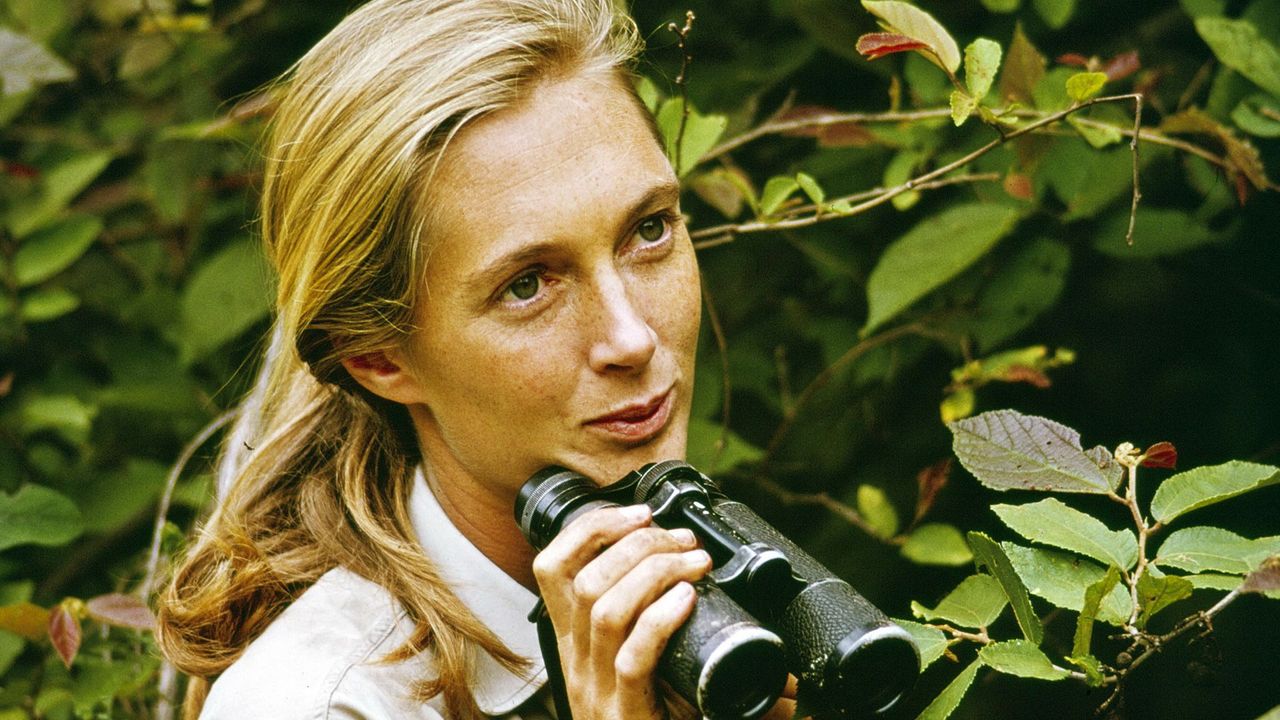During the early 1960s, a young lady embarked on a journey into the jungles of Tanzania equipped with a notebook, binoculars, and an insatiable curiosity. Her findings would not only transform the study of primates but also alter our understanding of human beings. Her name has become associated with pioneering research, though at that time, her approaches and findings were seen as unorthodox, if not revolutionary.
Unlike many scientists of the era, she approached her subjects not as data points, but as individuals with personalities, emotions, and complex social relationships. Observing wild chimpanzees up close, she documented behaviors that challenged long-held scientific beliefs about the gap between humans and other primates. Her work suggested that the line dividing humans from the rest of the animal kingdom was far less distinct than once thought.
Over years of careful observation, she discovered that chimpanzees utilize tools, show empathy, and form close social connections. Images of chimpanzees holding hands, embracing, or grooming each other starkly opposed the dominant perspective that animals are primarily driven by instinct. These instances, though simple, carried a profound message: humans are not the only beings capable of complex emotions and social interactions.
Her findings indicated that chimpanzees could demonstrate friendliness and teamwork, yet also hostility and defensiveness. By uncovering their complete spectrum of behaviors, she provided a more truthful and detailed depiction of one of our nearest evolutionary kin. This, consequently, stimulated contemplation on the essence of human conduct, questioning beliefs about our distinguishing features.
The academic circle was initially reluctant to embrace her discoveries. During an era when impartiality and distance were deemed crucial in field studies, her choice to give names to the chimpanzees instead of assigning numbers faced disapproval. However, it was this compassionate approach that enabled her to identify behavioral patterns that had been overlooked for a long time.
Her studies went further than the conduct of single animals to include the group’s interactions. She recorded conflicts for power, partnerships, maternal nurturing, and even grief among the chimpanzees. This understanding contributed to creating a novel branch of behavioral science that recognizes the emotional existence of animals and the evolutionary origins of human characteristics.
As her research gained credibility, it became clear that her findings were not just about chimpanzees—they were about all of us. By shedding light on the emotional and cognitive capabilities of nonhuman primates, she helped dismantle outdated views that had separated humans from the animal world. Her work encouraged a more ethical approach to how animals are treated, both in the wild and in captivity.
Her impact reached far past the field of science. She transformed into an international spokesperson for protecting wildlife, highlighting the significance of safeguarding habitats, not only for animals but for the overall health of ecosystems and, eventually, human welfare. Her words held authority in policy debates, educational programs, and grassroots campaigns globally.
Many years afterward, her initial observations and filmed records continue to be strong evidence of the profound relationship that can develop between humans and other species. Her impact is seen in the current wave of researchers who examine animals with empathy and modesty, along with wider societal changes that acknowledge the inherent worth of every living being.
By questioning the notion that humans are inherently distinct from other animals, she provided an opportunity for deeper insight—not only into chimpanzees but also into human nature. Her dedication throughout her life highlights that curiosity, empathy, and respect are vital instruments for exploration, with the power to revolutionize both science and society.
Initially, people may have been skeptical about the notion that animals are capable of emotions and cognition akin to humans. However, through her dedication and the presentation of proof, she succeeded in narrowing a longstanding divide in how we perceive animals. Her work has motivated ongoing exploration into the cognitive and emotional lives of animals, promoting a more empathetic and considerate perspective.
Today, her name is recognized not only for her contributions to science but also for sparking a worldwide dialogue regarding the interdependence of all living creatures. What started as an individual expedition into the forest evolved into a movement—one that persists in influencing our understanding of cognition, feelings, and the common strands of existence that connect us among different species.
Her story stands as a powerful example of what one person can accomplish through dedication, insight, and a willingness to question the status quo. In revealing the emotional lives of chimpanzees, she ultimately revealed something about the human spirit: its capacity to seek connection, to embrace complexity, and to grow through understanding.




